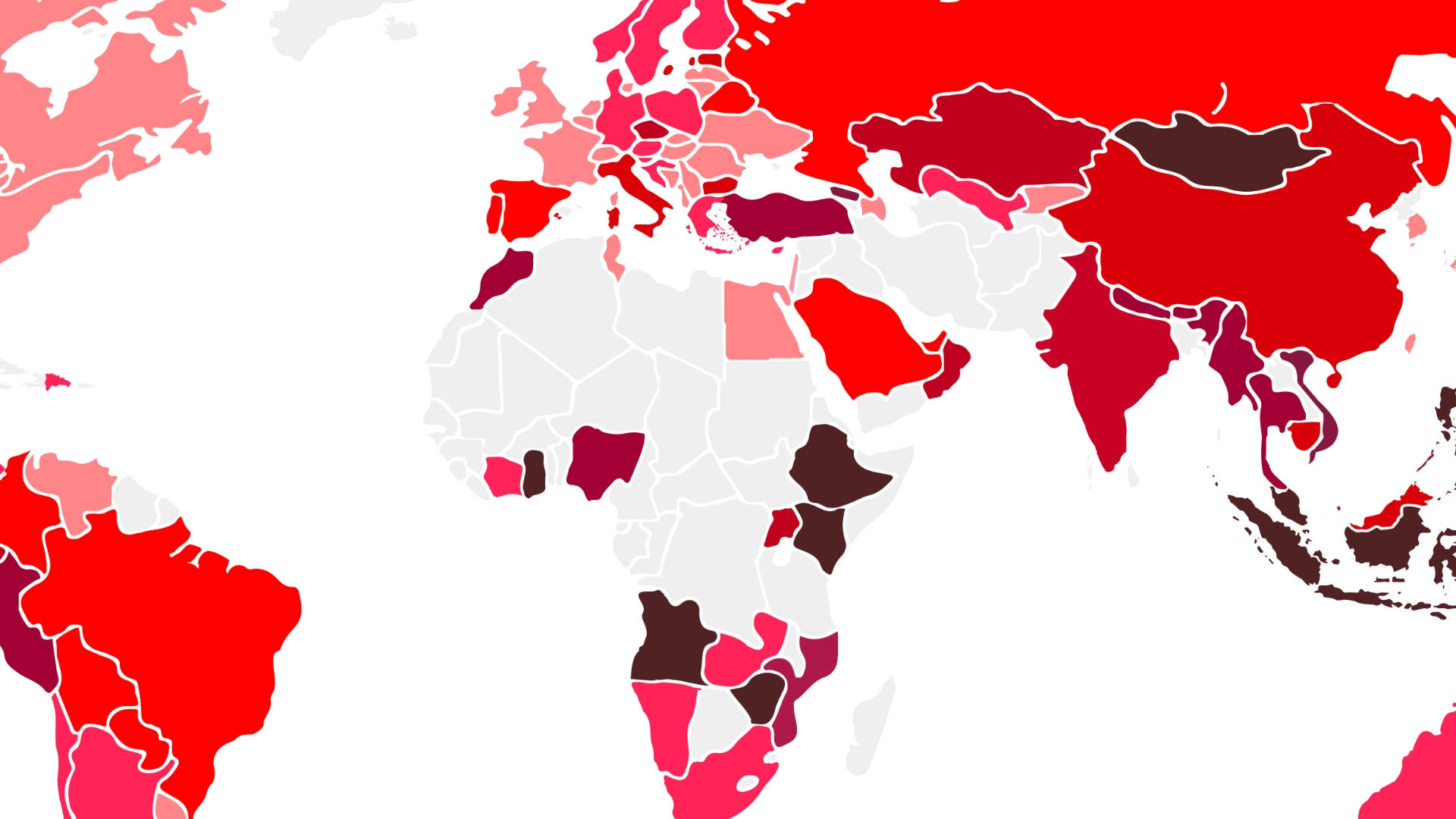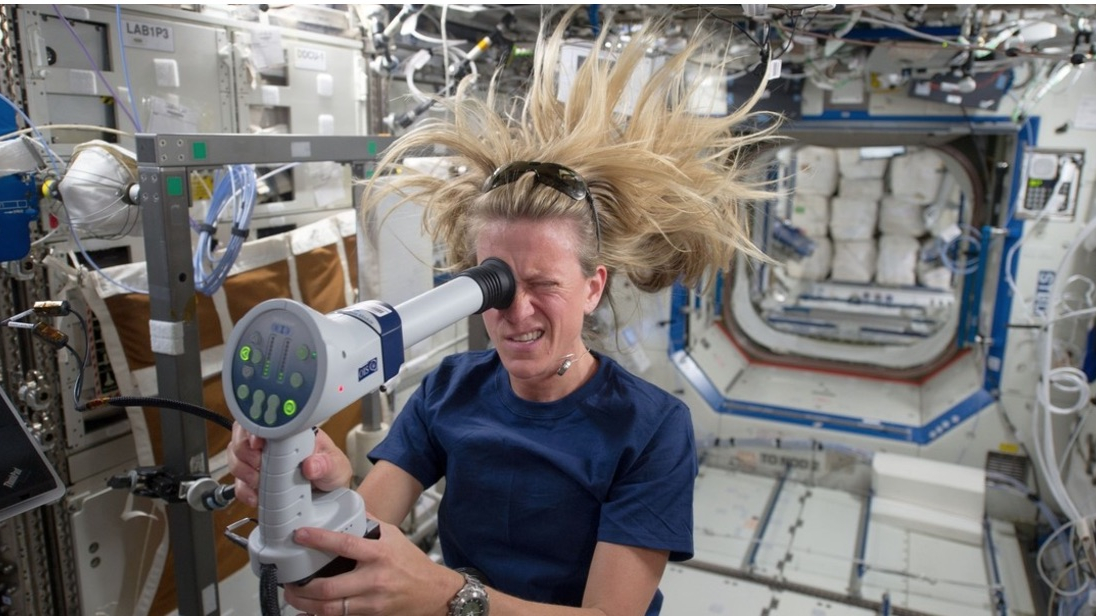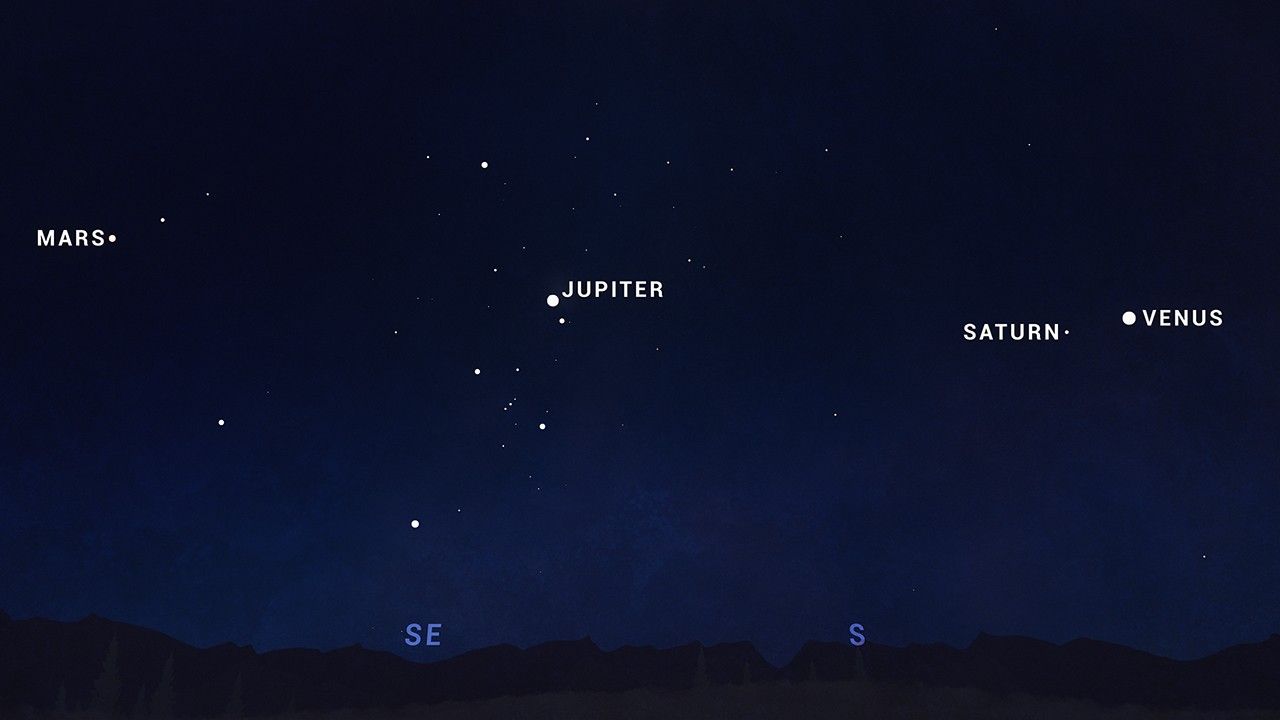How Far Away Could We Detect… Ourselves?
Revelations from the past can seem quaint once we’ve been living with them for a generation or two. That’s true of the realization in the past that spawned SETI: the Search for Extraterrestrial Intelligence. Humanity realized that if we’re blasting radio signals out into the cosmos haphazardly, then other ETIs, if they exist, are probably … Continue reading "How Far Away Could We Detect… Ourselves?" The post How Far Away Could We Detect… Ourselves? appeared first on Universe Today.

Revelations from the past can seem quaint once we’ve been living with them for a generation or two. That’s true of the realization in the past that spawned SETI: the Search for Extraterrestrial Intelligence. Humanity realized that if we’re blasting radio signals out into the cosmos haphazardly, then other ETIs, if they exist, are probably doing the same.
It seems obvious now, but back then, it was a revelation. So, we set up our radio antennae and began scanning the skies.
The realization that other ETIs are probably sending out radio noise leads to the obvious question: How easily can hypothetical ETIs detect our radio signals and other technosignatures?
A fledgling space-travelling civilization similar to ours may be out there somewhere in the Milky Way. Maybe they have their own fledgling SETI program, complete with radiotelescope arrays scanning the sky for the telltale signs of another technological civilization.
If there is, and if they do, from how far away could they detect our technosignatures? New research is asking that question.
The research is titled “Earth Detecting Earth: At What Distance Could Earth’s Constellation of Technosignatures Be Detected with Present-day Technology?” It’s published in The Astronomical Journal, and Sofia Sheikh is the lead author. Sheikh is affiliated with the SETI Institute, the Penn State Extraterrestrial Intelligence Center, and Breakthrough Listen at UC Berkeley.
Nikola Tesla was one of the first to suggest communicating with beings on other planets. In 1899, Tesla thought he had detected a signal from Mars. In the early part of the 20th century, Guglielmo Marconi also thought he had heard signals from Mars. These potential signals were serious enough that when Mars was closest to Earth in 1924, the USA promoted a Radio Silence Day in order to better detect signals from Mars.
We know better now. The only signals we’ll detect will be from our own Martian rovers and orbiters. However, the basic idea of searching for radio signals from other worlds was planted, and people started taking it more seriously.
In 1971, NASA considered Project Cyclops, a plan to build an array of 1500 radio dishes to scan the cosmos for signals. Although it was never funded, it helped lead to the modern SETI.
It’s a simple matter to imagine that other civilizations followed a similar path and are now searching the sky for signals. In the new research in The Astronomical Journal, Sheikh and her co-researchers try to understand how one of these civilizations could detect our technosignatures if they had the same technology as we do in 2024.
“In SETI, we should never assume other life and technology would be just like ours, but quantifying what ‘ours’ means can help put SETI searches into perspective.”Macy Huston, co-author, Dept. of Astronomy, UC Berkeley
This is important because similar research looks for advanced ETIs that are further along the Kardashev Scale, which many researchers think is probable. However, this means researchers have to do a lot of technological extrapolation. “In this paper, we instead turn our gaze Earthward, minimizing the axis of extrapolation by only considering transmission and detection methods commensurate with an Earth 2024 level,” the authors write.
It all boils down to simple questions: Can an ETI with our current technology detect our technosignatures? If the answer is yes, which of our signatures would they detect, and from how far away?
The researchers considered multiple types of different technosignatures, including radio transmissions, microwave signals, atmospheric technosignatures like NO2, satellites, and even city lights. They used a theoretical, modelling-based method in their effort, and they say they’re the first to analyze these technosignatures together rather than separately.
“Our goal with this project was to bring SETI back ‘down to Earth’ for a moment and think about where we really are today with Earth’s technosignatures and detection capabilities,” said Macy Huston in a press release. Huston is a co-author and postdoc at the University of California, Berkeley, Department of Astronomy. “In SETI, we should never assume other life and technology would be just like ours, but quantifying what ‘ours’ means can help put SETI searches into perspective.”

Imagine a hypothetical space probe travelling toward us from this hypothetical, technologically equivalent ETI. According to the researchers, the first technosignature they’d detect would come from our effort to detect potentially hazardous asteroids that might be headed for Earth. This is our planetary radar, like the signals coming from the now-defunct Arecibo Radio Observatory. These are detectable out to about 12,000 light years from Earth. That’s about the same distance away as the Tadpole Nebula.
The hypothetical space probe would have a long way to travel before it could detect our next technosignature. When it was about 100 light-years away, it would detect signals from NASA’s Deep Space Network that’s used to communicate with spacecraft we send out into the Solar System. 100 light-years away is about the same distance away as Alpha Pictoris, the brightest star in the Pictor constellation.
The alien spacecraft would hit paydirt at about four light-years away, around the same distance as our closest stellar neighbour, Proxima Centauri. At that distance, it would detect lasers, our atmospheric NO2 emissions, and even LTE signals.
The figure below illustrates how our current technology would detect our own technosignatures and at what distances.

“One of the most satisfying aspects of this work was getting to use SETI as a cosmic mirror: what does Earth look like to the rest of the galaxy? And how would our current impacts on our planet be perceived,” said Sheikh. “While, of course, we cannot know the answer, this work allowed us to extrapolate and imagine what we might assume if we ever discover a planet with, say, high concentrations of pollutants in its atmosphere.”
The research also illustrates how our own technosignature footprint is growing. According to the authors, it highlights “the growing complexity and visibility of the human impact upon our planet.”
It also shows that despite some second-guessing among the SETI community, it’s probably wise to focus our search on radio waves. “In this framework, we find that Earth’s space-detectable signatures span 13 orders of magnitude in detectability, with intermittent, celestially targeted radio transmission (i.e., planetary radar) beating out its nearest nonradio competitor by a factor of 103 in detection distance,” the authors write in their paper.
The authors also point out that we can begin to understand what an ETI might surmise about us based on our technosignatures. That can also serve as a mirror through which we can see ourselves. “It is possible for ETIs to hypothesize about our culture, society, biosphere, etc., from our unintentional technosignatures, and thinking through those possible hypotheses can help us interrogate how we are presenting ourselves to the galaxy: how we organize socially, how we relate to the world around us, how we perceive and experience things, and perhaps even what we value,” the authors explain in their research.
For example, they could correctly surmise that our species has no biological capacity to detect radio signals; otherwise, our world would be an unimaginably noisy cacophony of competing signals. Or, they may infer the reverse. “Conversely, our reliance on radio waves could make it natural for an alien species to wonder if it is because we can detect them biologically!” the authors write.
As in all things SETI and technosignature related, we’re left wondering.
However, with their “Earth detecting Earth” paradigm, Sheikh and her co-authors are at least giving us another way to examine one of our most quintessential questions: Are we alone?
Press Release: Earth Detecting Earth
The post How Far Away Could We Detect… Ourselves? appeared first on Universe Today.





































































